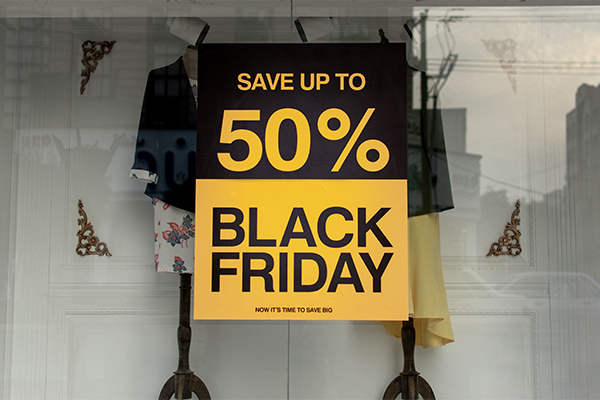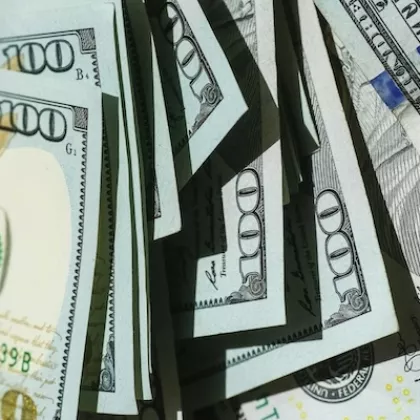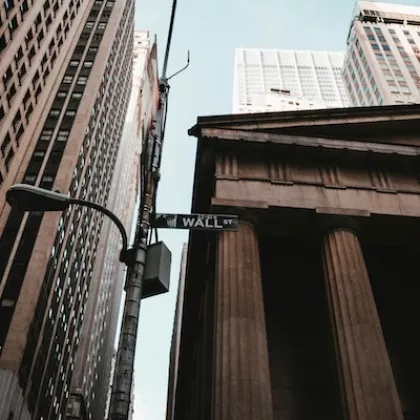For the best seasonal prices, follow the crowd

For the best seasonal prices, follow the crowd
November 3, 2021 | By Professor Avery Haviv
Christmas and eggnog. Valentine’s Day and flowers. Summer and lemonade. There will always be consumers who buy certain items year-round, but seasonal and holiday traditions play a significant role in driving overall demand.
Any student who has taken Economics 101 can tell you that when demand for a product rises, so will the price. In other words, the more people want what a company is selling, the more that company can charge them for it.
As Thanksgiving approaches, for example, we would expect the price of turkeys to rise. Strangely enough, we see the opposite happen. In a season of high demand when companies are competing with each other for customers, increases in price promotions actually lead to decreases in the average price of seasonal goods. This violation of the basic relationship between supply and demand intrigued me, so I set out to explain what was going on.
Why do the prices of seasonal goods drop when people want them most?
In my research, I considered factors like price sensitivity among consumers and price elasticity (how much price responds to demand). I also took into account the inventory consumers have at home, a key factor in their purchasing patterns. I was able to approximate this inventory by using panel data where consumers recorded their purchases each week over several years. I then used the seasonal dynamic structural inventory model to test several explanations for the decisions consumers make surrounding price promotions. Eventually, I found an answer.
The bottom line is this: Even though demand for an item may be higher in a certain season, the consumers who are more likely to buy that item during a high-demand season are also more price-sensitive.

We can use soup as an example. A soup enthusiast who considers soup a dietary staple will buy it year-round without paying too much attention to the price because a dollar or two isn’t worth missing out on something that they value highly. But when the temperature drops and the overall demand for soup goes up, the consumers who only buy in the colder months start to eye the soup aisle at the grocery store. This second group happens to be more price-sensitive. They’re always looking for a sale. It may take an especially low price for them to start considering an item at all.
What’s the takeaway for companies?
Companies should drop their prices on seasonal items when consumers want these items most. The consumers who care most about prices are more than twice as likely to consider a purchase when demand is highest. They only account for 15% of all purchases when demand is low, but this increases to 29% when demand is high. Companies must recognize that cyclical changes in their consumer base are just as important as changes in the desirability of a product.
What’s the takeaway for consumers?
Some people swear by shopping for Christmas decorations the week after Christmas or bathing suits in the dead of winter, but my research demonstrates that in consumer packaged goods, buying in peak demand will lead to the greatest savings. It may seem counterintuitive for companies to discount fitness products in January, for example, but this is when consumers should keep an eye out for the biggest price promotions. Don’t be afraid of following the crowd—you will probably stumble upon the deal you’ve been searching for.

Avery Haviv is an Associate Professor of Marketing at Simon Business School.
Follow the Dean’s Corner blog for more expert commentary on timely topics in business, economics, policy, and management education.











